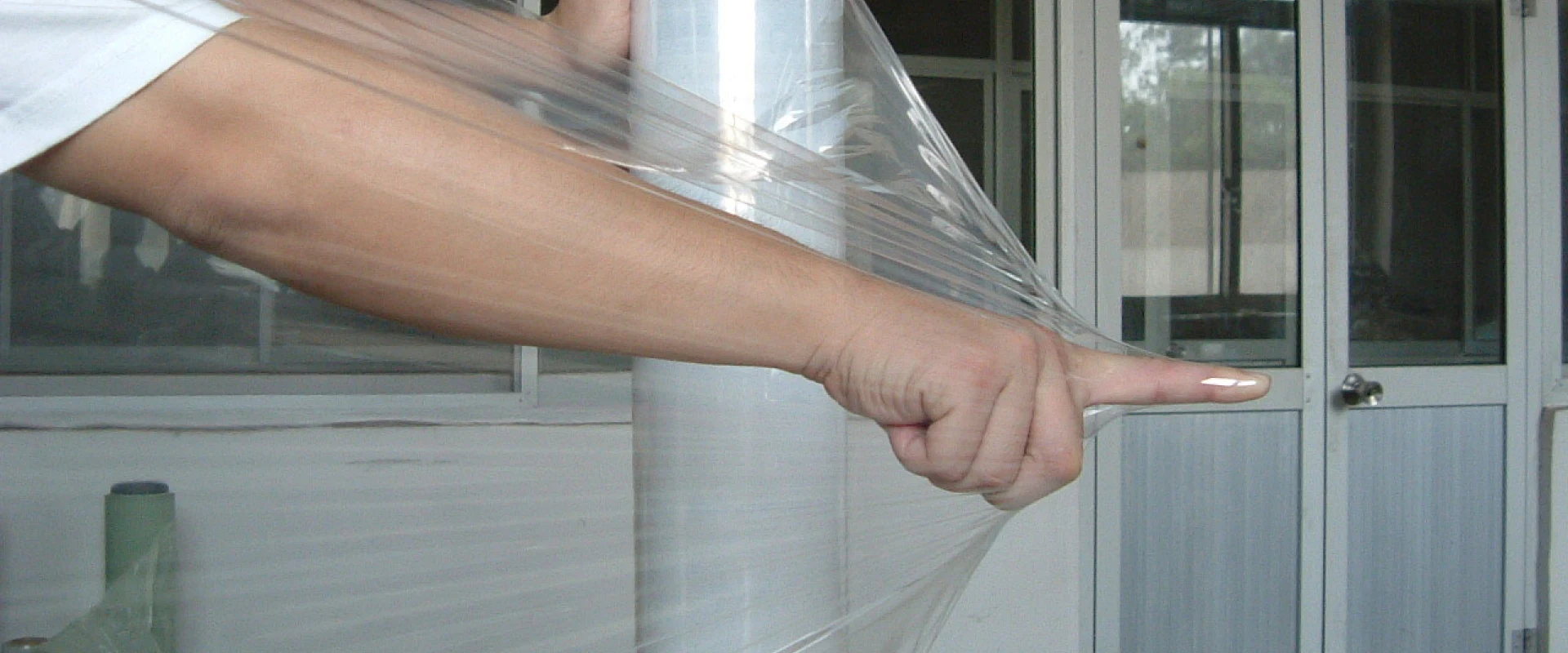Stretch wrap is an essential packaging material used to secure loads, protect goods during transit, and keep items clean and intact. However, not all stretch wraps are created equal. Identifying high-quality stretch wrap can make a significant difference in the safety and efficiency of your packaging process. Here’s how you can tell if stretch wrap is of good quality.
-
Thickness and Stretchability
- Gauge (Thickness): The gauge of the stretch wrap is a crucial factor in determining its quality. Higher gauge wraps are thicker and offer better durability and puncture resistance. Standard stretch wraps range from 60 to 120 gauge, with heavier gauges providing more strength.
- Stretchability: Good quality stretch wrap should have excellent elongation properties, allowing it to stretch without tearing. This flexibility ensures that the wrap can securely hold items of various shapes and sizes.
-
Cling and Adhesive Strength
- Cling Properties: High-quality stretch wrap has strong cling properties, meaning it sticks well to itself without the need for additional adhesives. This self-adhering feature keeps the wrap in place, ensuring the load remains secure.
- Consistent Cling: The cling should be consistent throughout the roll. Uneven cling can lead to sections of the wrap peeling off or failing to secure the load properly.
-
Tear and Puncture Resistance
- Durability: A good stretch wrap should be resistant to tears and punctures. This is especially important for securing loads with sharp edges or irregular shapes. High tear resistance ensures that the wrap can maintain its integrity during handling and transit.
- Layered Construction: Quality stretch wrap often has multiple layers, which contribute to its strength and puncture resistance. The more layers a stretch wrap has, the more durable it typically is.
-
Clarity and Transparency
- Visual Inspection: High-quality stretch wrap is usually clear and transparent. This clarity allows for easy identification of wrapped items and reading of labels or barcodes without removing the wrap.
- Uniform Color: If the stretch wrap is tinted or colored, the hue should be consistent throughout the roll, indicating uniform manufacturing quality.
-
Load Retention and Memory
- Load Retention: Good stretch wrap maintains its tension over time, ensuring that loads stay tightly secured even during long periods of storage or transport.
- Elastic Memory: Stretch wrap with good elastic memory will return to its original shape after being stretched. This property helps in maintaining tightness and load stability.
-
Manufacturer’s Reputation and Certifications
- Reputable Brands: Purchasing stretch wrap from well-known and reputable manufacturers is often a good indicator of quality. These brands usually have stringent quality control measures in place.
- Certifications: Look for stretch wraps that meet industry standards and certifications. This ensures that the product has been tested and verified for quality and performance.
Conclusion
Identifying high-quality stretch wrap involves evaluating factors such as thickness, stretchability, cling, tear resistance, clarity, load retention, and the manufacturer’s reputation. By focusing on these attributes, businesses can ensure their goods are securely wrapped and protected during transit.
For a wide selection of top-quality stretch wrap that meets your packaging needs, visit NTXSupply.com. NTX Supply offers reliable and durable stretch wrap solutions to ensure your shipments arrive safely and securely. Explore their range today and find the perfect stretch wrap for your business.

